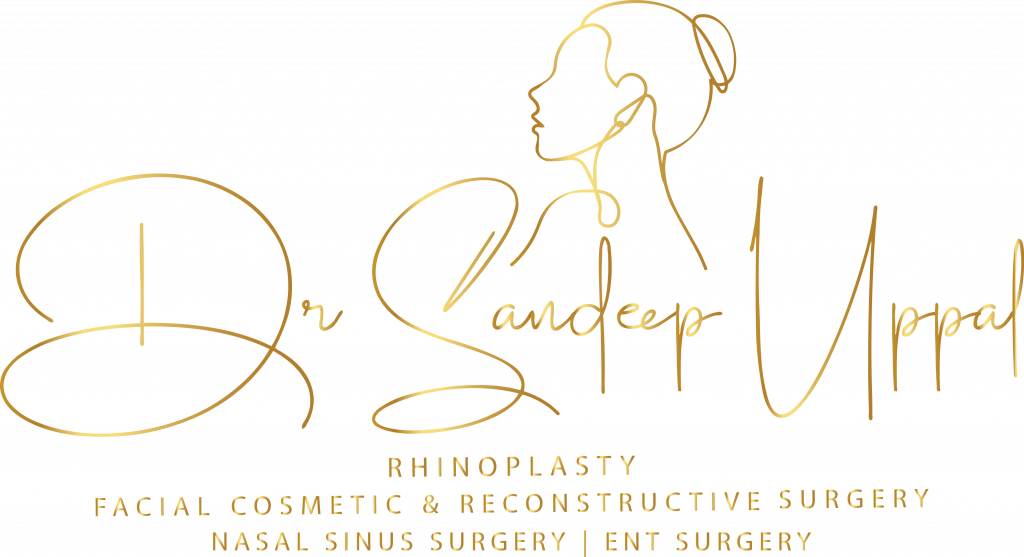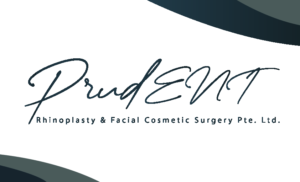Nasal Bone Fractures
NASAL BONE FRACTURES X-Ray showing nasal bone fracture. OUR MANAGEMENT PHILOSOPHY Nasal bone fractures are the most commonly encountered facial fractures, and we are committed to providing unparalleled care in their diagnosis and treatment. Our treatment philosophy hinges on holistic client care. We believe in treating you, not just your symptoms. We involve you in the treatment planning, taking into account your lifestyle, aesthetic goals, and psychological factors that may be affecting you due to the injury. We create a personalized plan geared toward optimal recovery and the best possible aesthetic results. WHAT CAUSES NASAL BONE FRACTURES? Nasal fractures are usually the result of: Blunt trauma to the face. Motor vehicle collisions. Sporting incidents. Falls or trips. Physical altercations. SYMPTOMS TO LOOK OUT FOR If you’ve suffered an injury to the nose, be aware of the following symptoms: Localized pain and tenderness. Swelling and discoloration. Difficulty or changes in breathing through the nose. Visible deformity. Frequent nosebleeds. Altered sense of smell Although rare, headache, nausea, vomiting, leakage of clear fluid (CSF) from the nose, drowsiness or altered level of consciousness may occur and may be a sign of concussion or brain injury. These require immediate attention in a hospital setting. OUR MANAGEMENT APPROACH IMMEDIATE CARE First Aid: If you suspect a nasal fracture, immediate first aid measures such as applying a cold compress to the area can help control swelling and pain. Emergency Assessment and Diagnosis: Timely medical evaluation is crucial for determining the extent of the injury and for preventing complications such as difficulty in breathing. DIAGNOSIS Your journey to recovery begins with an accurate diagnosis. We utilize detailed physical examination combined with modern imaging techniques like CT scans to determine the type and extent of your fracture. TREATMENT OPTIONS NON-SURGICAL TREATMENTS Nasal fractures are often undisplaced and not associated with any nasal septal deviation. For such fractures treatment is observation and injury avoidance while the fracture heals naturally. Treatment includes: Cold compresses to manage swelling. Pain Management: Over-the-counter pain relievers like acetaminophen or ibuprofen are effective in controlling. If needed our team will prescribe other anti-inflammatory medication for control of pain and swelling. Nasal Decongestants: To help with breathing if the nasal passages are obstructed. SURGICAL TREATMENTS CLOSED REDUCTION (MANIPULATION OF NASAL BONES) Simple fractures of nasal bones are realigned without making any external incisions. This type of treatment is ideally performed within 7-10 days of injury. OPEN REDUCTION For more complex fractures, especially if 7-10 days have passed since the injury. SEPTORHINOPLASTY An advanced procedure that addresses both the fracture of the nasal bones and nasal septum along with any pre-existing functional or aesthetic deformities. POST-TREATMENT CARE Follow-up Appointments: To assess the healing process and make any necessary adjustments to your treatment plan. Cosmetic Reconstruction: If required, additional surgical procedures can be performed to ensure optimal aesthetic results. IMMEDIATE POST-OPERATIVE CARE IN THE RECOVERY ROOM Your vitals will be monitored closely. Pain management protocols will be initiated to ensure your comfort. BEFORE DISCHARGE You’ll receive detailed instructions regarding at-home care. Medications will be prescribed to manage pain and prevent infection. AT-HOME CARE GUIDELINES PAIN MANAGEMENT Continue prescribed medications as advised. Using a cold compress may also help relieve discomfort. SWELLING AND BRUISING Keep your head elevated to reduce swelling. Apply ice packs periodically, avoiding direct contact with the skin. WOUND CARE Keep the surgical area clean and dry. Follow specific cleaning instructions provided by Dr Sandeep. BREATHING AND SLEEP Breathing might be more laborious initially; take care not to exert yourself. Sleep in a position that minimizes pressure on your nose. It is recommended to sleep on your back. DIET Stick to soft foods that don’t require extensive chewing for the first few days. EXERCISE Avoid vigorous exercise like running, lifting weights, and bending forwards for 3 weeks to reduce the risk of bleeding. Avoid contact sports and crowded places for 2-3 months after surgery to prevent the risk of accidental injury to the nose. CLOTHING AND ACCESSORIES Soft, Loose-Fitting Tops: Avoid any clothing or accessories that come into direct contact with the treatment area. It is best to avoid garments which must be negotiated around the head. Instead opt for garments with buttons down the front to avoid any contact with your nasal area when dressing. Cotton or moisture-wicking materials can help keep you comfortable, especially if you’re experiencing hot flushes or temperature changes post-surgery. Headgear: Avoid hats or any headgear that sits tightly on your head or puts pressure on your nose. Glasses and Sunglasses: If you usually wear glasses, consider switching to contacts during the initial recovery period to avoid putting pressure on your nose. If you must wear glasses, do not rest them on the nasal bridge. It is best to tape them to the forehead. Our team can suggest specialized padding or advice on minimizing stress on the nasal area. FOLLOW-UP APPOINTMENTS Regular follow-ups are essential for assessing the healing process. During these visits, any stitches or splints may be removed, and further care options will be discussed. MONITORING FOR COMPLICATIONS Contact us immediately if you experience: Excessive bleeding. Signs of infection such as increased redness, warmth, or discharge. Severe pain not relieved by prescribed medication. PREVENTIVE MEASURES Your safety is our concern even beyond the clinic walls. We encourage: The use of protective headgear during high-impact activities. Vigilance in car safety, including seat belt use. Being cautious in environments where slips and falls are likely. RESTORE HARMONY: NASAL BONE FRACTURE TREATMENT WITH DR SANDEEP Is a nasal fracture affecting your facial symmetry? Our Nasal Bone Fracture Treatment is focused on meticulously realigning and restoring the natural contour of your nose, ensuring both functional and aesthetic recovery. Trust in our compassionate and detailed-oriented approach for optimal results. Reclaim the balance of your features and breathe with ease. Initiate your journey to a restored profile today. Book a specialized consultation for nasal bone fracture treatment with Dr Sandeep. Read more to learn about Rhinoplasty>>
Nasal Bone Fractures Read More »


